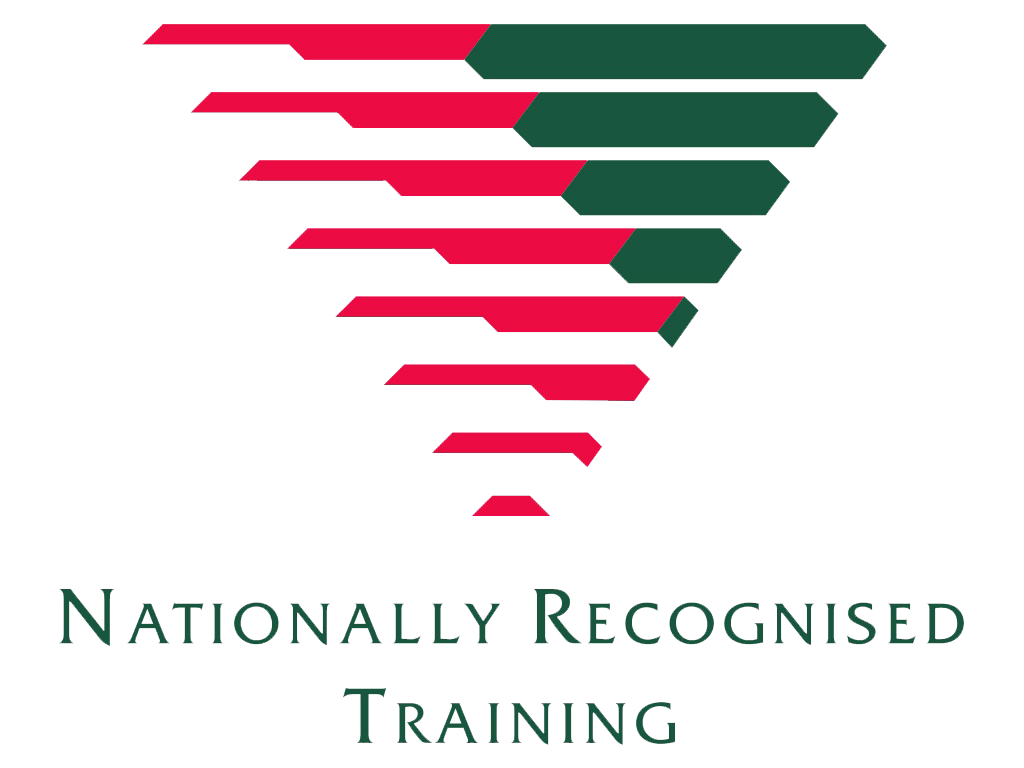ADVANCED FIRST AID
This unit describes the skills and knowledge required to provide an advanced first aid response, including management of the incident and other first aiders, until the arrival of medical or other assistance.
The unit applies to workers who may be required to provide, coordinate and manage a first aid response across a range of complex situations, including community and workplace settings.
Specific licensing /regulatory requirements relating to this competency, including requirements for refresher training should be obtained from the relevant national/state/territory Work Health and Safety Regulatory Authorities.
You will completed the following tasks in line with state/territory regulations, first aid codes of practice, Australian Resuscitation Council (ARC) guidelines and workplace procedures:
Followed DRSABCD in line with ARC guidelines, including:
performed at least 2 minutes of uninterrupted single rescuer cardiopulmonary resuscitation (CPR) (5 cycles of both compressions and ventilations) on an adult resuscitation manikin placed on the floor
performed at least 2 minutes of uninterrupted single rescuer CPR (5 cycles both compressions and ventilations) on an infant resuscitation manikin placed on a firm surface
performed at least 2 minutes of Bag-valve-mask ventilation and at least 2 minutes of compression during a two rescuer procedure on an adult resuscitation manikin placed on the floor
responded appropriately in the event of regurgitation or vomiting
managed the unconscious breathing casualty
followed the prompts of a Automated External Defibrillator (AED)
followed single rescue procedure, including the demonstration of a rotation of operators with minimal interruptions to compressions

Responded to at least three simulated first aid scenarios contextualised to the candidate’s workplace/community setting, including::

demonstrated safe manual handling techniques
conducted a visual and verbal secondary survey assessment of the casualty
assessed vital signs (respirations, pulse and temperature)
communicated effectively with a first aid team providing direction and coordination of other first aiders
post-incident debrief and evaluation
provided an accurate verbal and written report of the incident
Applied first aid procedures for the following:
allergic reactionallergic reaction
anaphylaxis
bleeding control
choking and airway obstruction
conducted a basic triage for multiple casualty incident
envenomation (using pressure immobilisation)
fractures, sprains and strains (using arm slings, roller bandages or other appropriate immobilisation principles)
head, neck and spinal injuries (using immobilisation principles)
respiratory distress - including asthma
seizures - including epilepsy
shock

Knowledge Evidence
The candidate must be able to demonstrate essential knowledge required to effectively complete tasks outlined in elements and performance criteria of this unit, manage tasks and manage contingencies in the context of the work role. This includes knowledge of:
State/Territory regulations, first aid codes of practice and workplace procedures including:

ARC guidelines relevant to provision of CPR and first aid
guidelines of Australian national peak clinical bodies
safe work practices to deal with risks and potential hazards including manual handling, hazardous substances, dangerous goods and chemicals
infection control principles and procedures, including use of standard precautions
requirements for currency of skill and knowledge
Legal, workplace and community considerations including:
awareness of potential need for stress-management techniques and available support following an emergency situation
capabilities of emergency management services
consent
duty of care requirements
importance of debriefing
own skills and limitations
legal requirements of administration of medication and the rights and responsibilities of the First Aider in the workplace regarding medication
privacy and confidentiality requirements
respectful behaviour towards a casualty

Considerations when providing first aid including:

airway obstruction due to body position
appropriate duration and cessation of CPR
appropriate use of an AED
assessment and interpretation of vital signs, including respiration's, temperature and pulse
chain of survival
how to conduct a visual and verbal secondary survey assessment of casualty
priorities of management in first aid when dealing with life-threatening conditions
procedures for dealing with casualties who are aged or in-firmed
procedures for dealing with major and minor accidents in the workplace
procedures when providing first aid to children
standard precautions
principles and procedures for first aid management of the following scenarios, including complications:
abdominal injuries
allergic reaction
anaphylaxis
basic care of a wound
bleeding control
burns, including thermal, chemical, friction and electrical
cardiac conditions, including chest pain
choking and airway obstruction
crush injuries
diabetes
drowning
emergency childbirth
envenomation
environmental impact including hypothermia, hypothermia, dehydration and heat stroke
eye and ear injuries
febrile convulsions
head, neck and spinal injuries
levels of consciousness
needle stick injuries
poisoning and toxic substances
respiratory distress, including asthma
seizures, including epilepsy
shock
skin injuries
soft tissue musculature, including injuries including sprains, strains, dislocations and fractures
stroke
substance misuse, including common drugs and alcohol, including illicit drugs

Basic anatomy and physiology relating to:

how to recognize a person is not breathing normally
chest, skeleton, joints and muscles
response/level of consciousness
upper airway and effect of positional change
considerations in provision of first aid for specified conditions
Assessment Conditions
Skills must be demonstrated working individually in an environment that provides realistic in-depth, industry-validated scenarios and simulations to assess candidates’ skills and knowledge.
Assessment resources must include:
Adult and infant resuscitation manikins in line with ARC Guidelines for the purpose of assessment of CPR procedures
Adrenaline auto-injector training device
AED training device.
Bag-valve-mask
Eye patch
Placebo bronchodilator and spacer device
Roller bandages
Thermometer
Triangular bandages
Workplace first Aid kit
Workplace injury, trauma and/or illness record, or other appropriate workplace incident report form
Wound dressings

